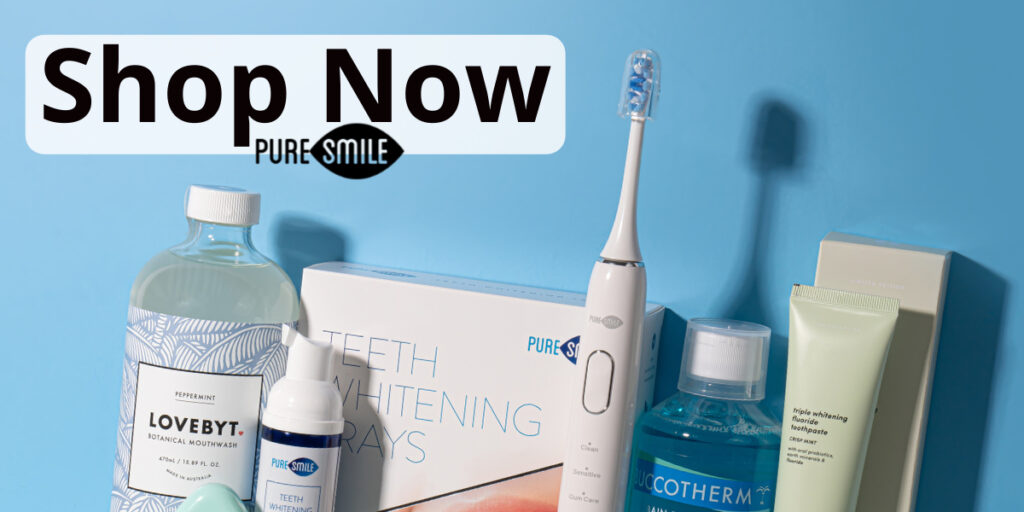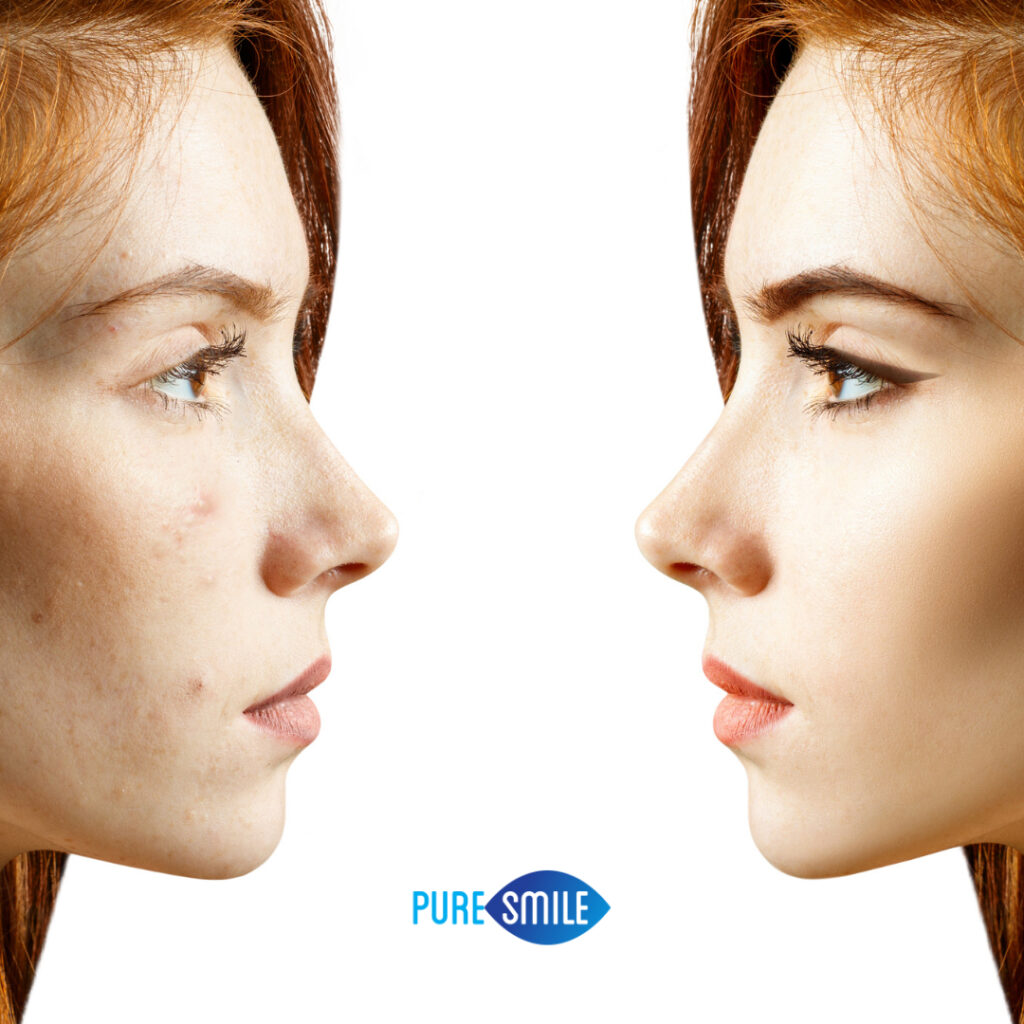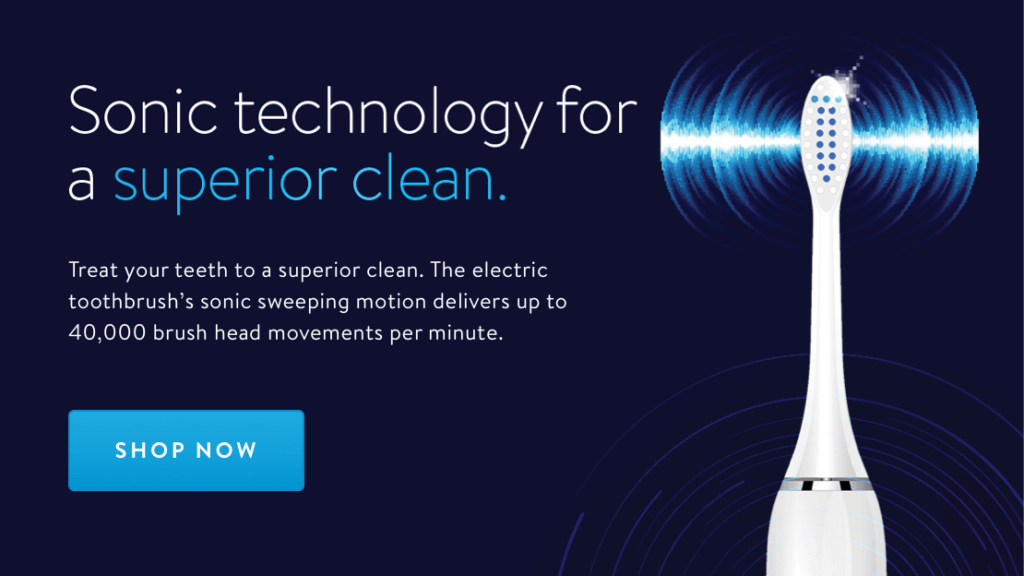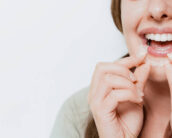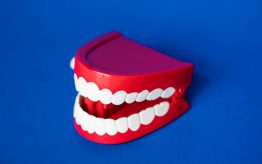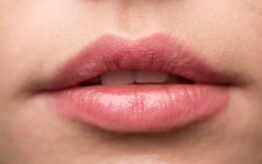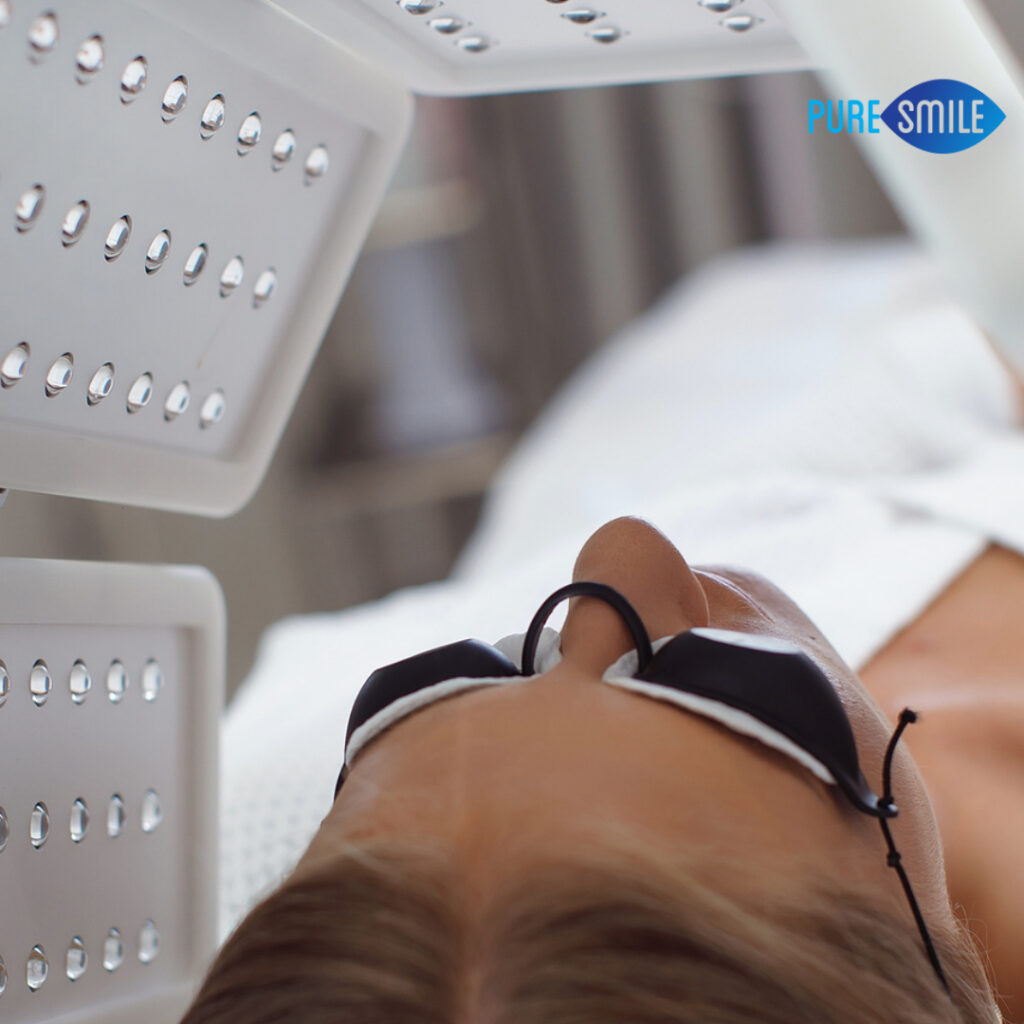
What’s Causing You to Break Out?
Nothing can be more disappointing than learning that bad breakouts don’t disappear or end when puberty does. Coming to terms with zits as a grown adult can man or woman can be difficult. Knowing what’s causing your skin woes can help you prevent or minimise breakouts.
1. Using the wrong beauty products
If you have combination, oily, or sensitive skin, you should be using skincare products that are either water-based or non-comedogenic. This will ensure that the moisturiser or cream you’re slathering on will not clog your pores and make things worse.
2. Getting exposed to a lot of pollution
Living in a busy city can mean getting a layer of gunk on your face every day. You’ll have noticed this when wiping down your face after work. While you can’t just move to another town, you can give the Korean double cleansing method a try to ensure your face is clean before bedtime.
3. Being stressed most of the time
Regardless what kind of job you have, chances are that your stress levels could go high. When you’re stressed, your body produces cortisol and a bit of testosterone. For women, this male hormone can cause glands to produce more oil that leads to breakouts.
4. Eating certain types of food
Certain studies show that insulin or sweets can boost oil-triggering male hormones so you’ll want to cut back on those. Yet, the same can’t be said of nuts, caffeine, or fried foods. There are exceptions though, so pay attention to your diet as to what could be triggering your zits.
5. Cleansing too intensely and frequently
It’s good to get your face clean after a long day, but you don’t want to over-wash as this can make acne worse. Cleansing twice a day can dry out your skin causing it to overcompensate and produce more oil. Stick to gentle facial washes as much as possible to keep pH levels balanced.
Bonus: For some women, hormones can also be to blame for pimples. Fluctuating hormones, such as before menstruation, can trigger cystic acne around the back, neck, and chin. Hence, the ladies out there should take extra care during this time of the month.
Now that you have a good idea as to what could be causing you to break out, you should be able to keep pimples at bay. Of course, fewer zits don’t always equate to zero scarring. It’s possible that you already have a few blemishes around and want to keep them at a minimum, if possible.
What the Different Types of Acne Marks Are
Do you have any existing blemishes on your face due to zits? Then, take a good look at them and see which category they fall under. Once you know what kind they are, it can be possible to prevent getting more of them in the future.
Icepick: These are deep holes in the skin that look like they’ve been punctured with an ice pick. These form when cystic acne (from blocked hair follicles) gets infected. Since they’re so narrow, they are the hardest to get rid of, even with help from a dermatologist.
Boxcar: These are also depressed though they tend to be boxier and broader than the icepick type. They tend to occur on skin that has had long-term inflammatory acne, and they look as if you’ve pressed a fingernail onto your face.
Rolling: These have soft and smooth edges, and they look like tiny valleys or hills. These are so shallow that they become hardly visible when you stretch the skin. Like with the boxcar type, they come from inflammatory acne and become more pronounced as you age and your skin loses elasticity.
Keloid: Otherwise known as hypertrophic scars, these occur when your skin produces too much collagen during the healing process so raised tissue mass is created. These are not very common in acne scarring but they can still happen.
Hyperpigmentation: These are discolorations or dark spots caused by acne-related skin inflammation. These tend to disappear on their own after 4 to 6 months, though the healing process can be boosted with vitamin C or other brightening treatments and products.
Most of the time, people have a combination of the marks described above. Some of your scars might be pale while others could be reddish. You might even have an icepick next to a boxcar. Prevention is vital to ensuring that you don’t get more of them in the future. As for treatment of the existing blemishes, you have many options at your disposal.
What Could Get Rid of Your Acne Marks
Like any other skin condition, there are many ways to treat your acne marks. You can choose to do a DIY treatment at home with fancy creams and gels. Or, you can contact a dermatologist or any other specialist for help.
But before you book an appointment, you should get the details on effective treatments that are actually worth your money. We highly suggest LED light treatment if you find other methods to be too painful or scary for you.
Light therapy is a low-cost and pain-free method to get rid of your blemishes. While it doesn’t zap pimples like a laser, it stimulates your skin to produce elastin and collagen which help reduce scars and even wrinkles.
If you’d like to learn more about light therapy and how it can lead to smoother skin, you can give us a call at 1300 858 199. We would be more than happy to talk about our LED light sessions and their benefits. PureSmile is more than just a dental practice as we can give you better and healthier skin along with prettier pearly whites.
Book an LED Skin Rejuvenation Treatment Today
